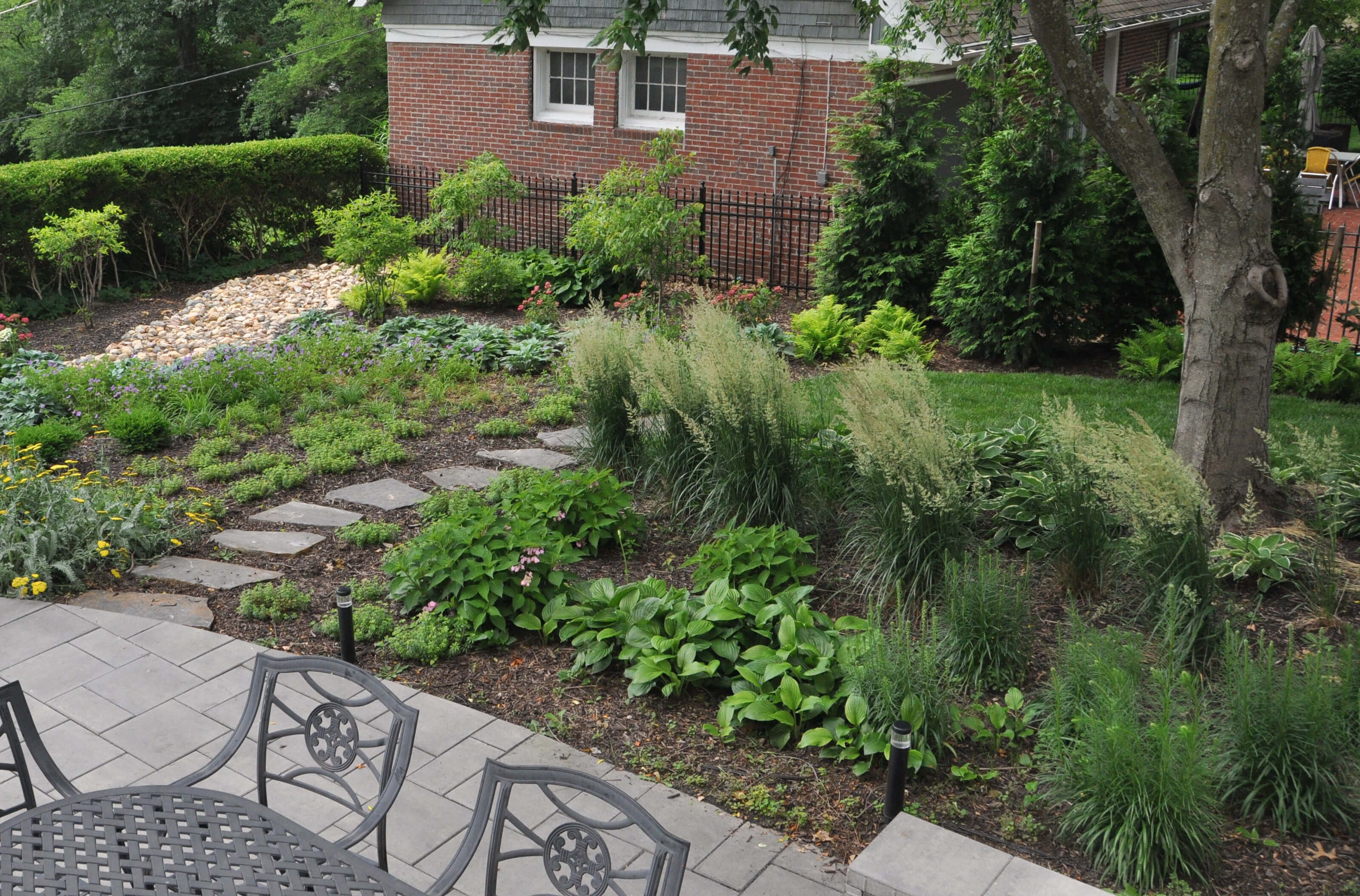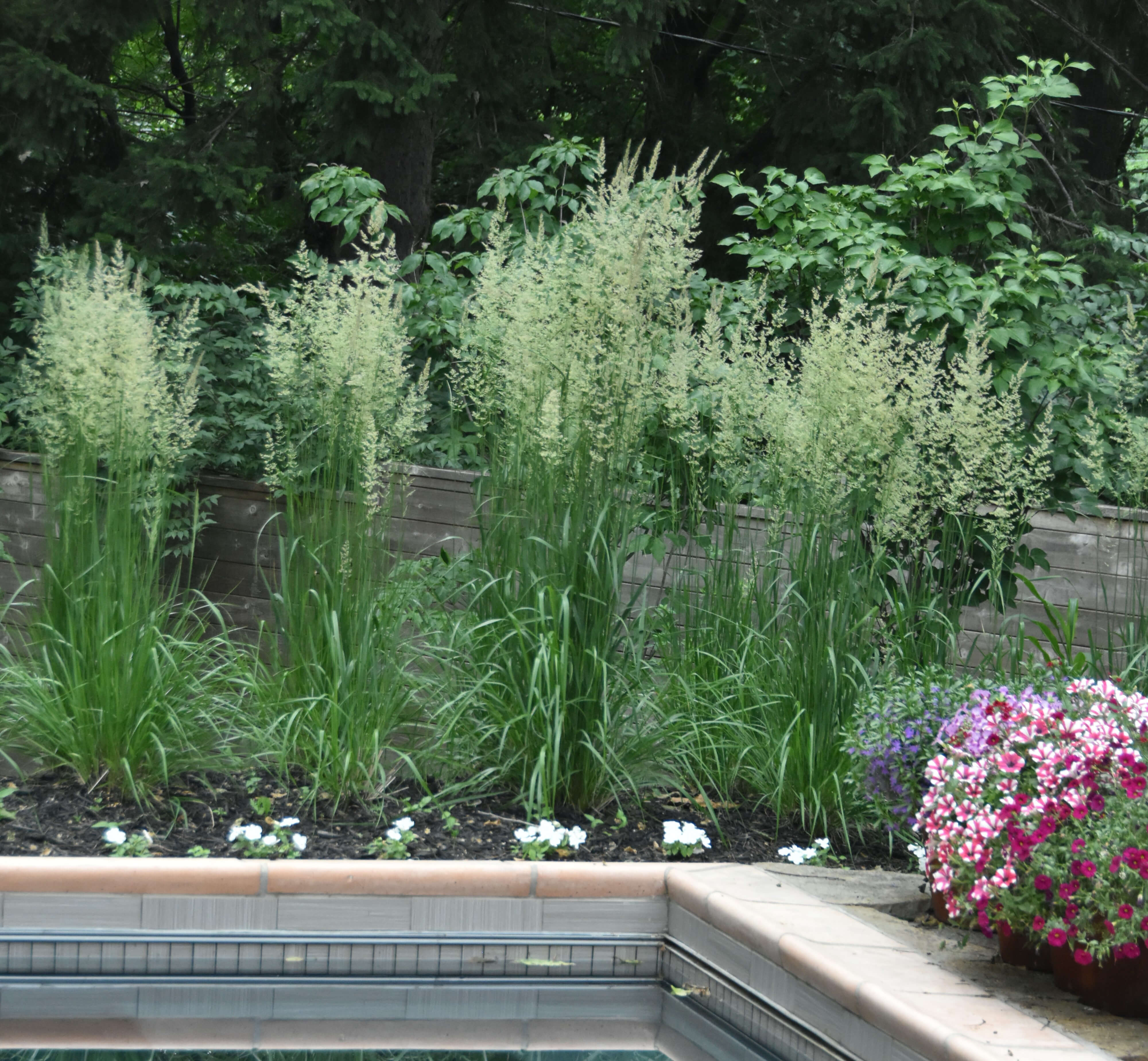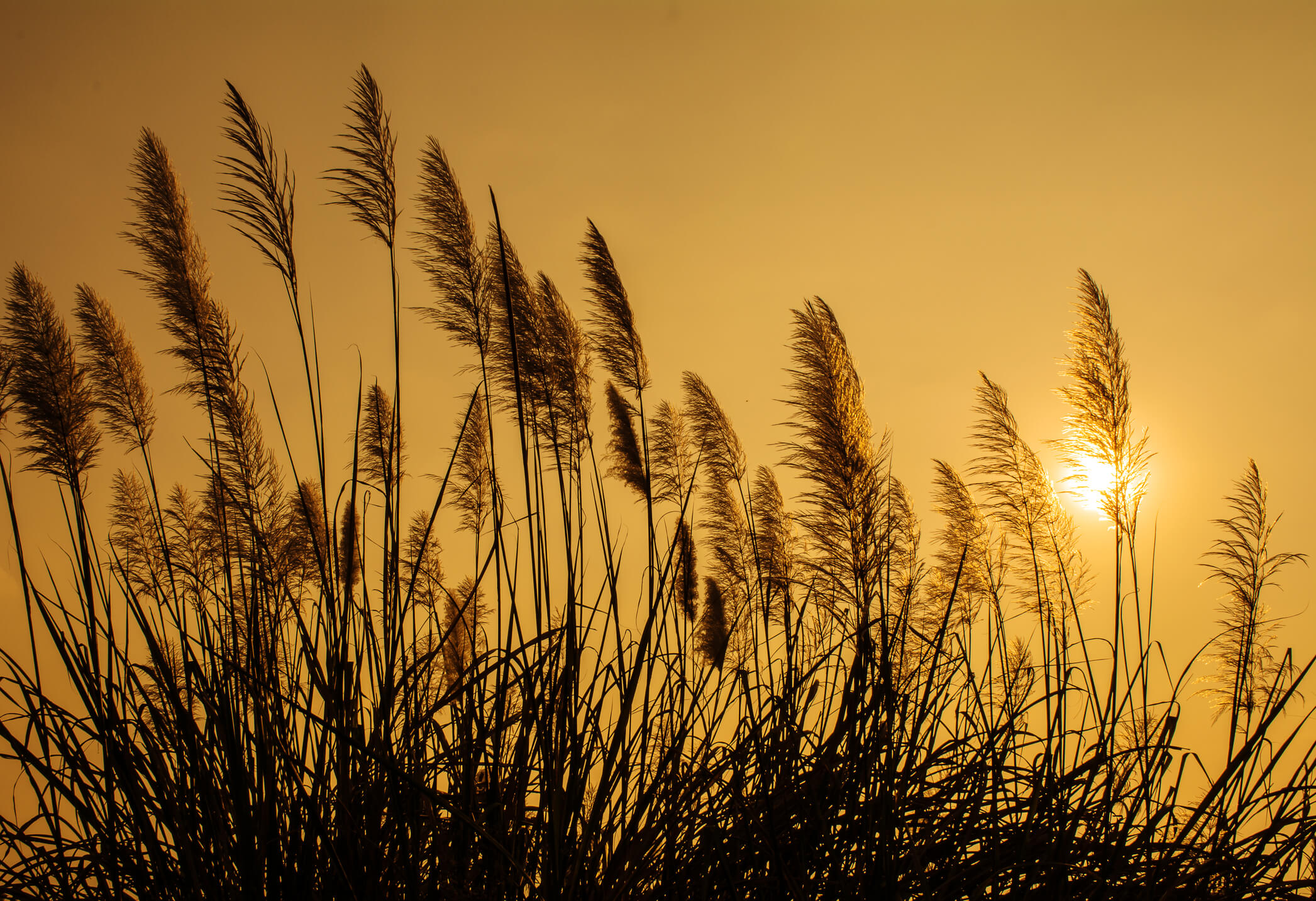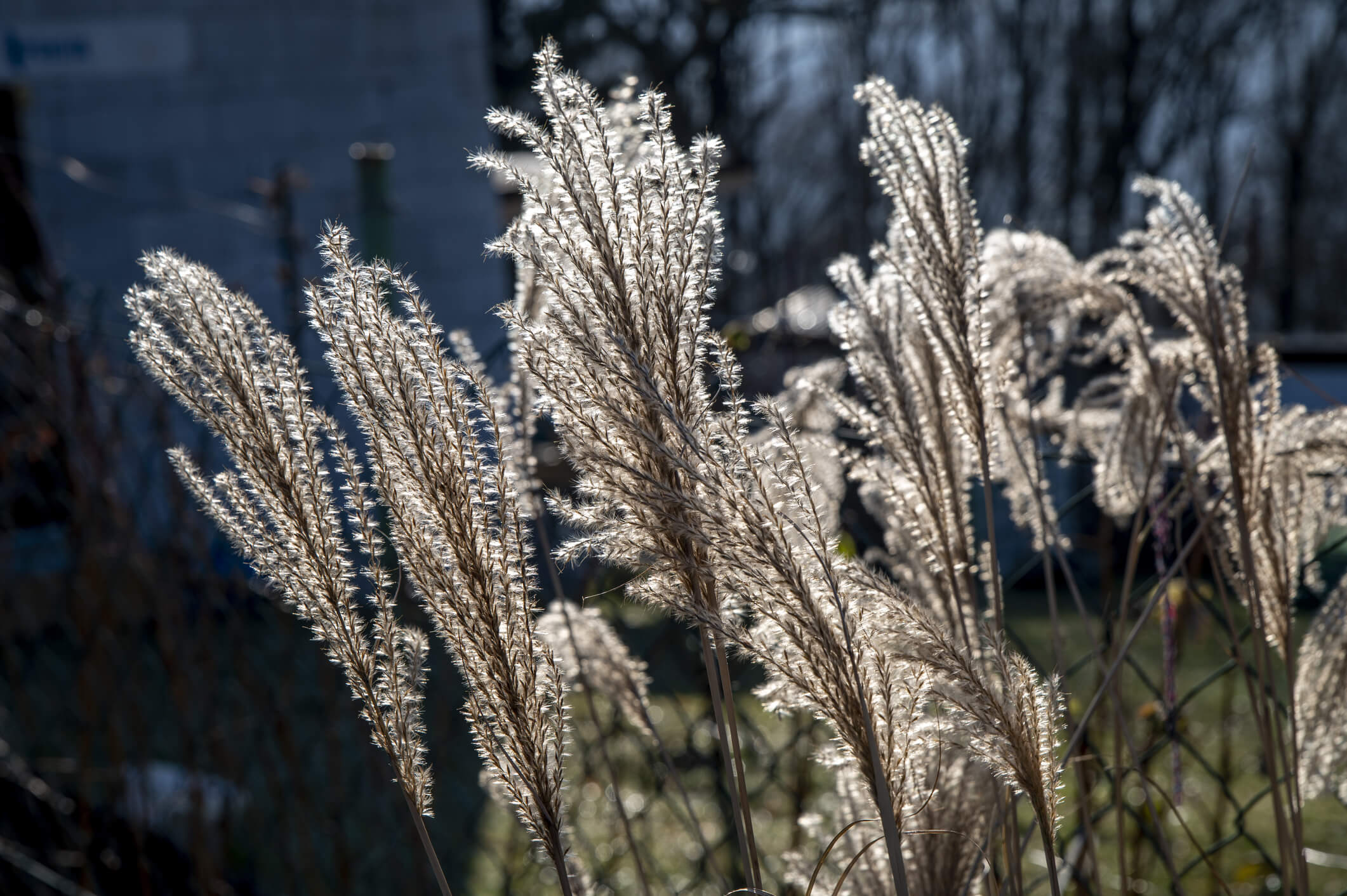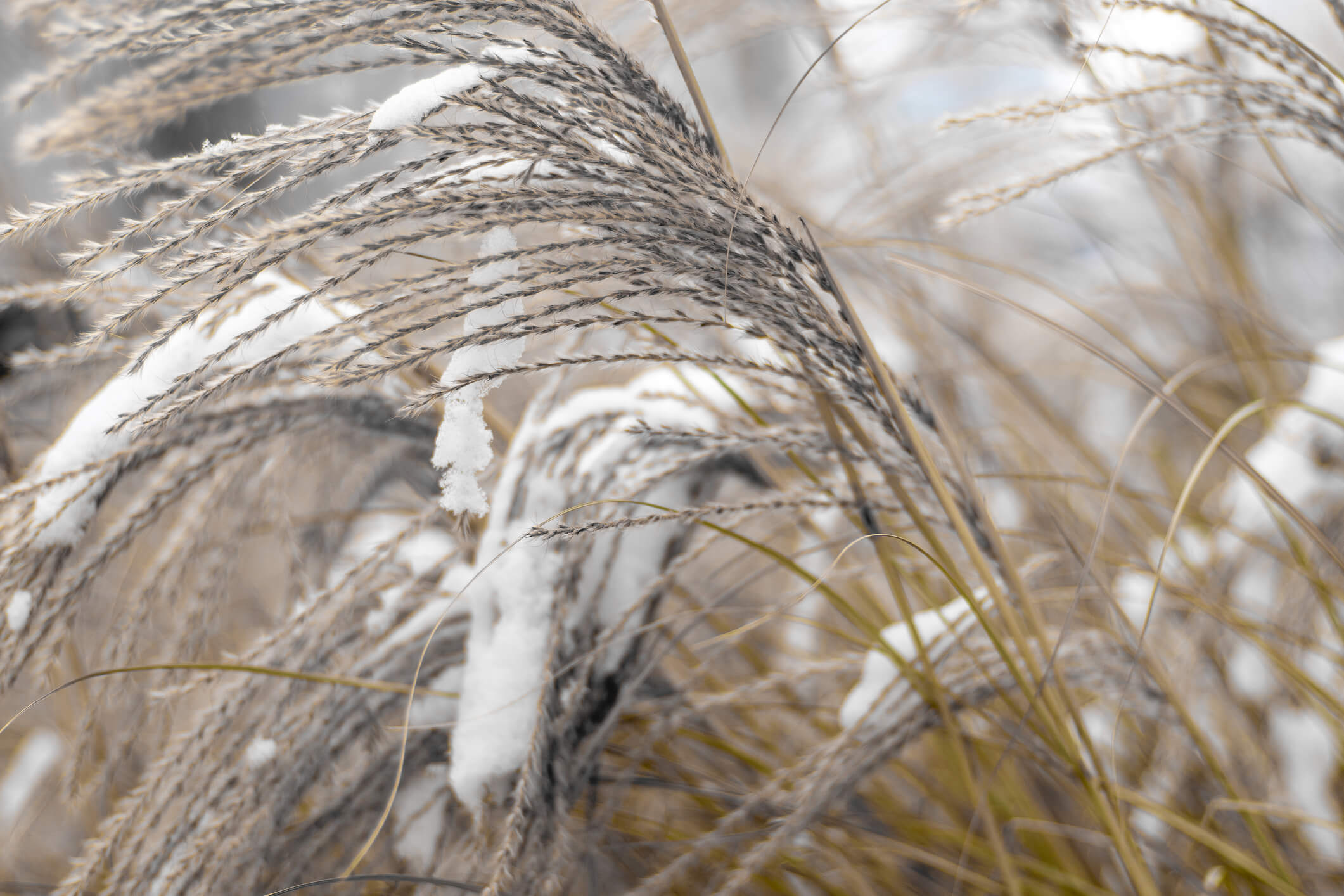
I’m embarrassed to admit this, but the first year we planted our patch of prairie in the front yard I secretly hated it. It just looked messy to me, especially with so many clumps of unruly grasses sticking up everywhere. The few scraggly flowers certainly didn’t help. Every time I looked at it, I regretted that we had put this eyesore in our front yard for everyone to see. Six years later, my regret is that our prairie is so small; I wish it covered the entire yard. Over the years, the community of plants has matured and so have I. I came to understand the functions of ornamental grasses in the landscape and to appreciate their unique beauty.
According to Dan Nelson, lead designer at Embassy Landscape Group, over the last few years the request for including ornamental grasses - especially native ones - in the landscape has soared. He identifies five factors that make ornamental grasses such a benefit for the landscape.
Ornamental Grasses give visual interest to the design.
Ornamental grasses offer an incredible versatility to the landscape. Everything from tall, stately varieties to petite, diminutive ones are easily available in today’s market and blend in well with existing trees, shrubs and perennials. They can be used as focal points or as hedges for privacy. These grasses have a range of textures from the soft, fine blades of Blue Fescue (Festuca glauca) to the coarser foliage of Switch Grass (Panicum virgatum) and come in an array of colors such as blues, greens, purples, tans and reds.
Ornamental Grasses bring movement and sound to the view.
Ornamental grasses gracefully swaying in the breeze is reminiscent of a perfectly choreographed ballet, with each stalk in perfect step with the others. Seen in the golden hour of dusk, the fluid stems seem to shimmer as they reflect the waning light. If you listen carefully, you can hear the sounds of the blades of grass speaking to each other – sometimes in a gentle whisper and sometimes in a strident voice.
Ornamental Grasses add an unexpected dash of seasonal color.
Ornamental grasses tend to take on a new look as summer turns into fall. Warm season grasses, such as varieties of Maiden Grass (Miscanthus sinensis) begin to turn from their vivid green summer foliage to shades of reds, oranges and purples. They set gorgeous seed heads that remain throughout the winter months, providing a needed food source for overwintering birds and small mammals.
Ornamental Grasses have environmental benefits.
Ornamental grasses are an asset to the environment. One of the primary benefits of using ornamental grasses in the landscape is their resistance to both heat and drought. Most species need less water throughout the growing season because they tend to be deep rooted. Deep roots means that they can access moisture well below the surface of the ground. Their deep roots are also able to hold the surrounding soil, preventing erosion. Finally, grasses are essential habitat builders because they become resting spots, food sources and homes for pollinators and other wildlife over winter.
Ornamental Grasses are low maintenance.
Ornamental grasses fit well into today’s lifestyle. They tend to be hardy, reliable plants once established, needing little, if any, routine care. They typically don’t need fertilization since too much fertilizer will cause the plants to become leggy and droop over. No pruning is required, instead ornamental grasses should be cut back in early spring, just as new growth begins to appear. Grasses tend to be insect repellant, so no pesticides are necessary. Many varieties are deer and rabbit resistant.
Late summer and early autumn are ideal times to add ornamental grasses to your landscape. Join us next time as we present some great options for both native and non-native ornamental grasses.
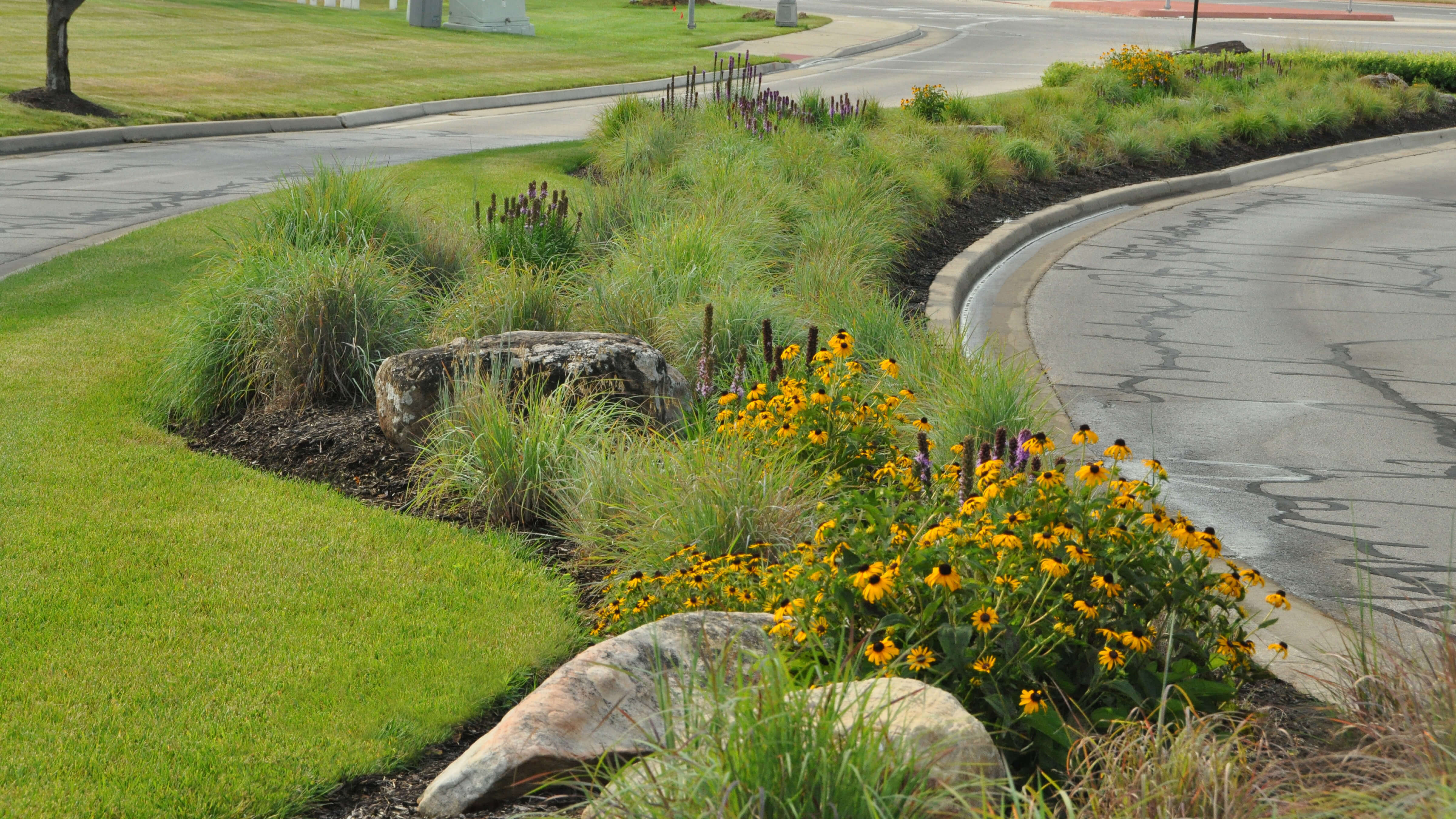
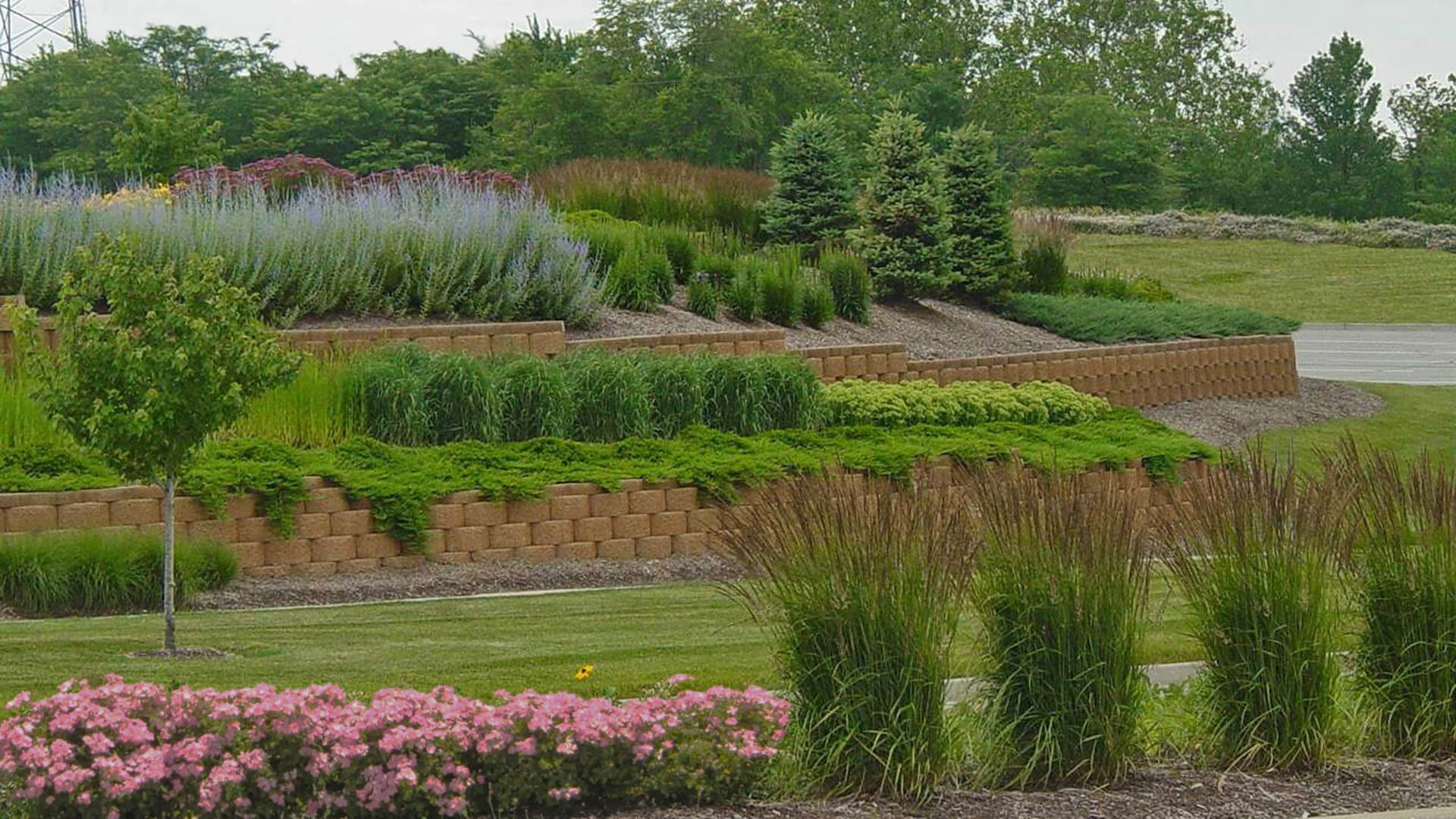
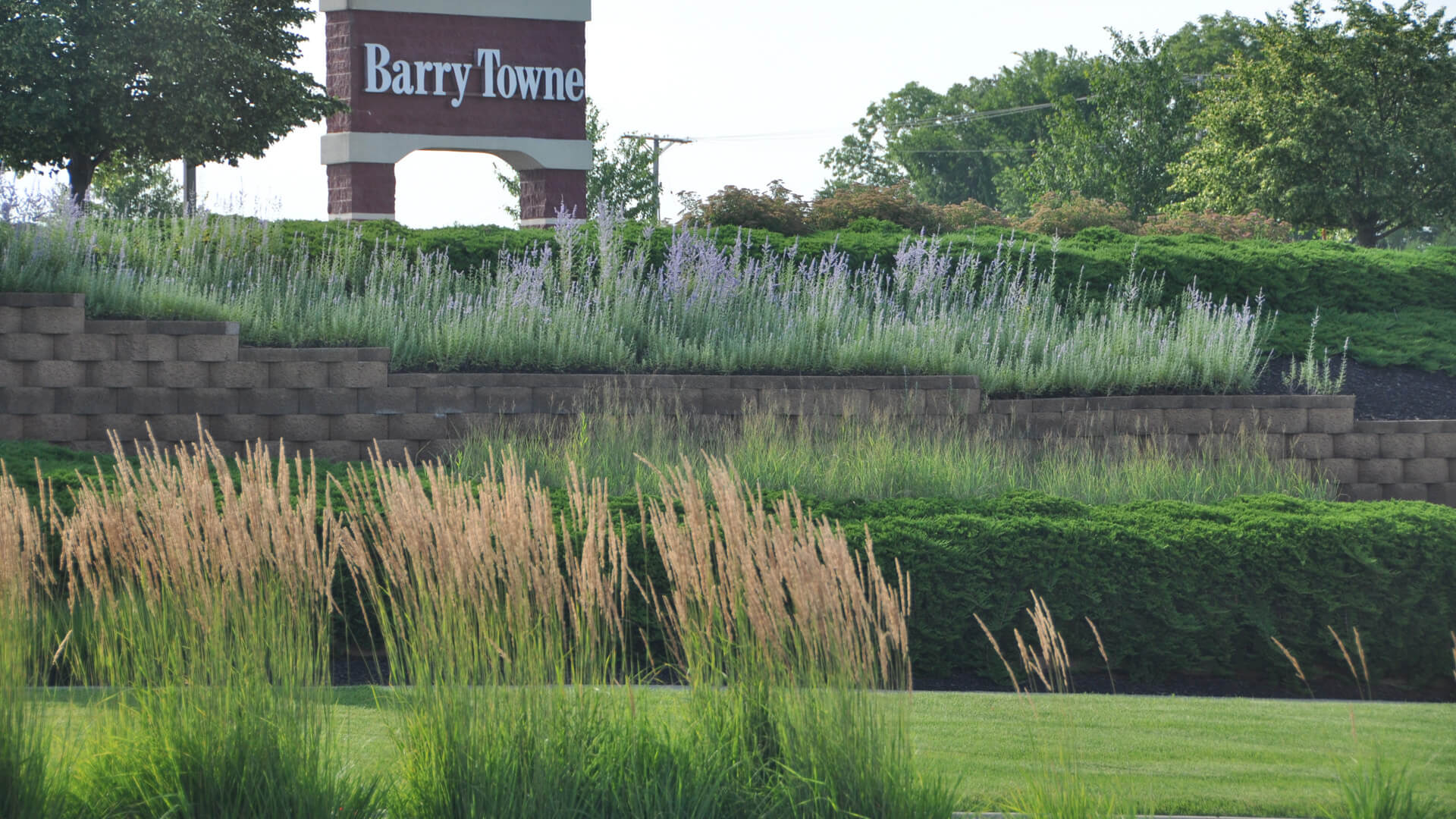
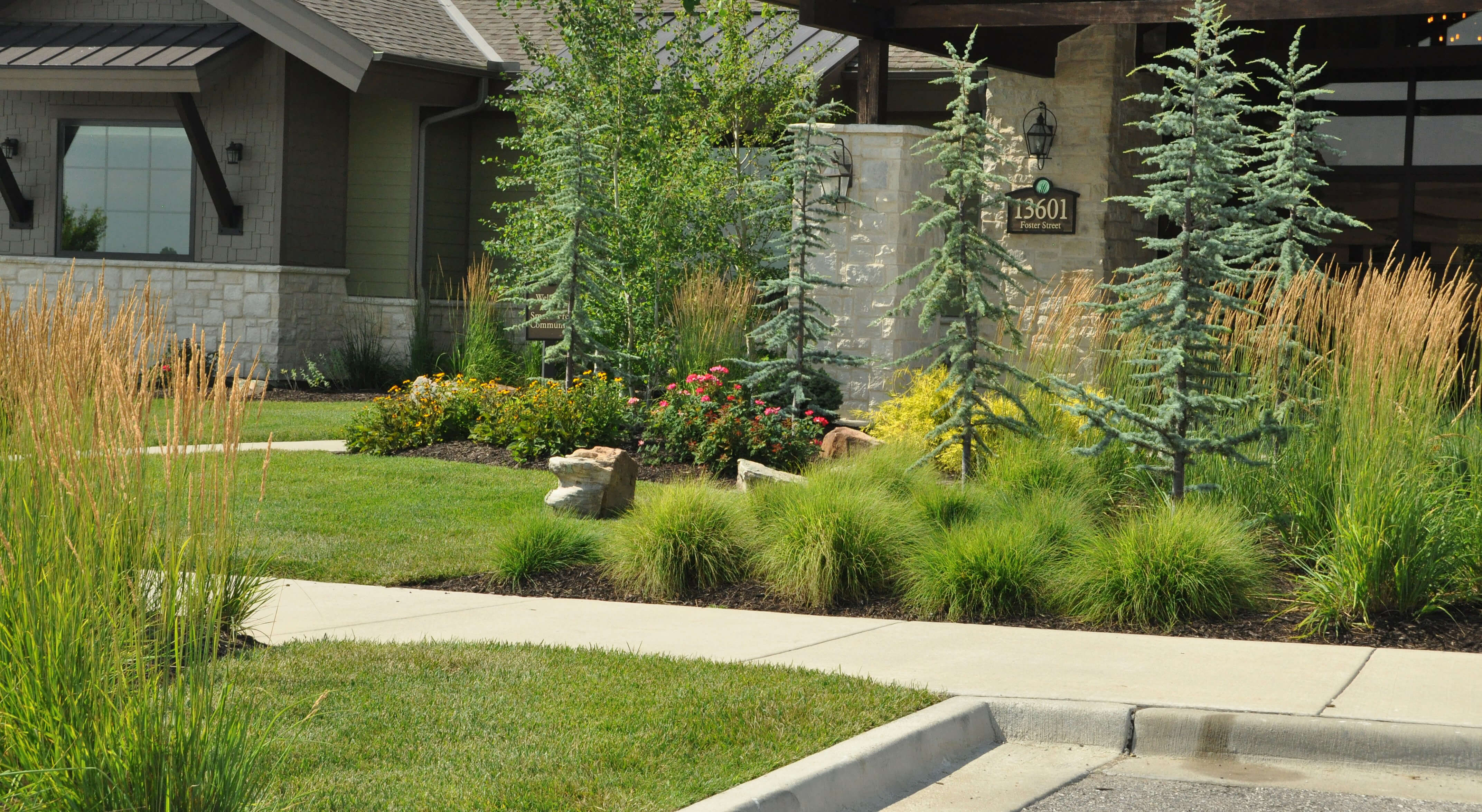
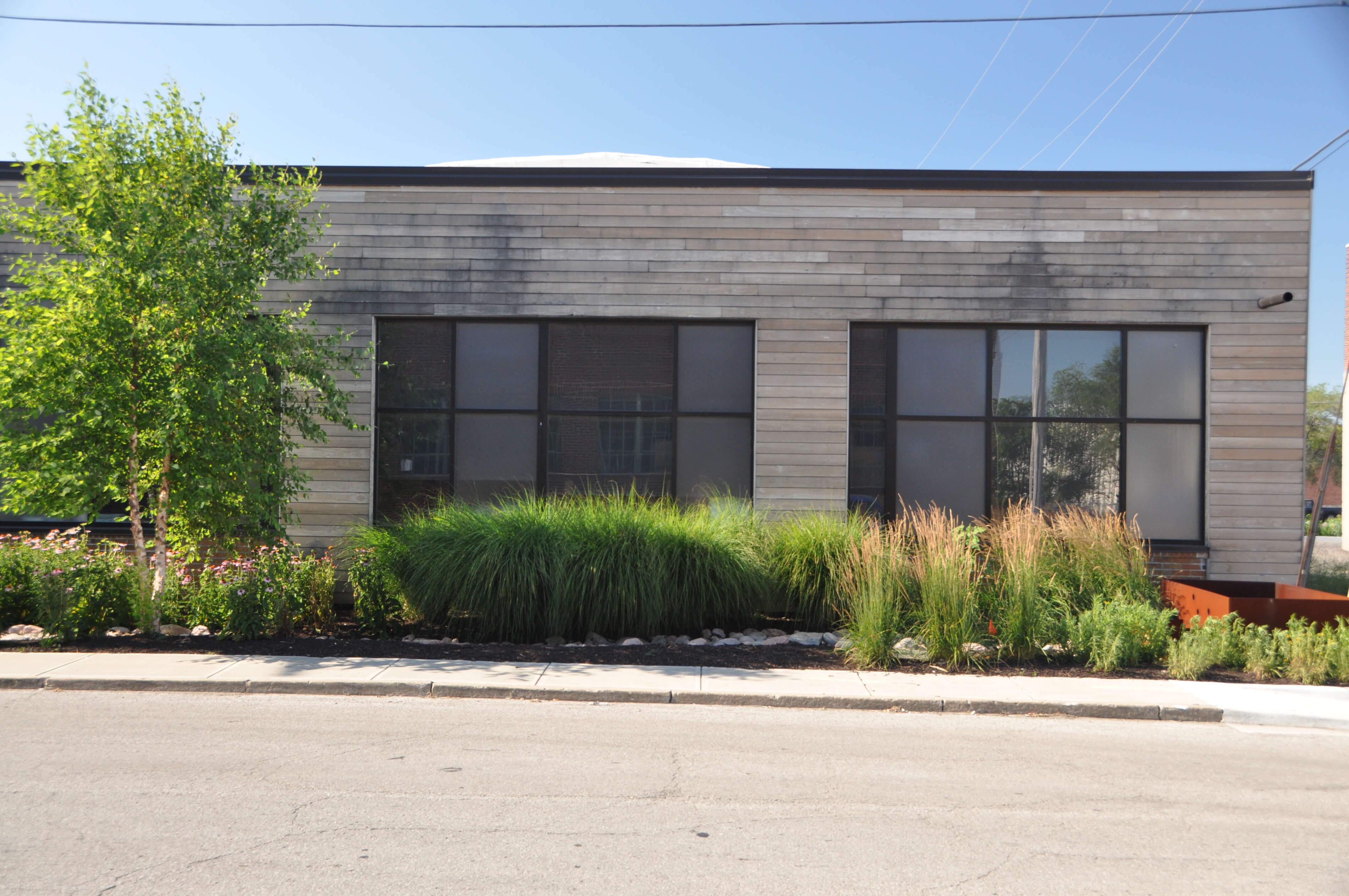
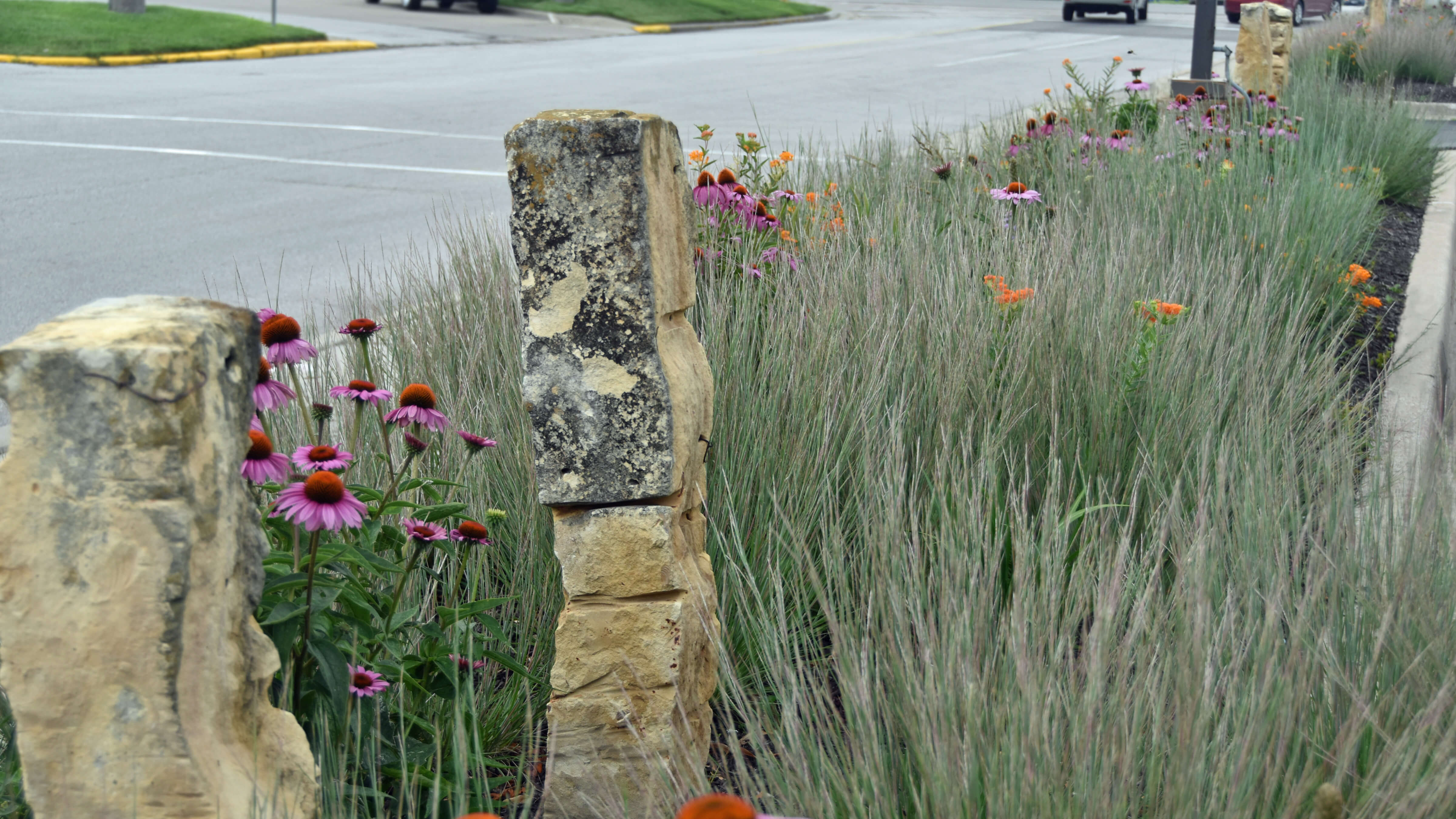
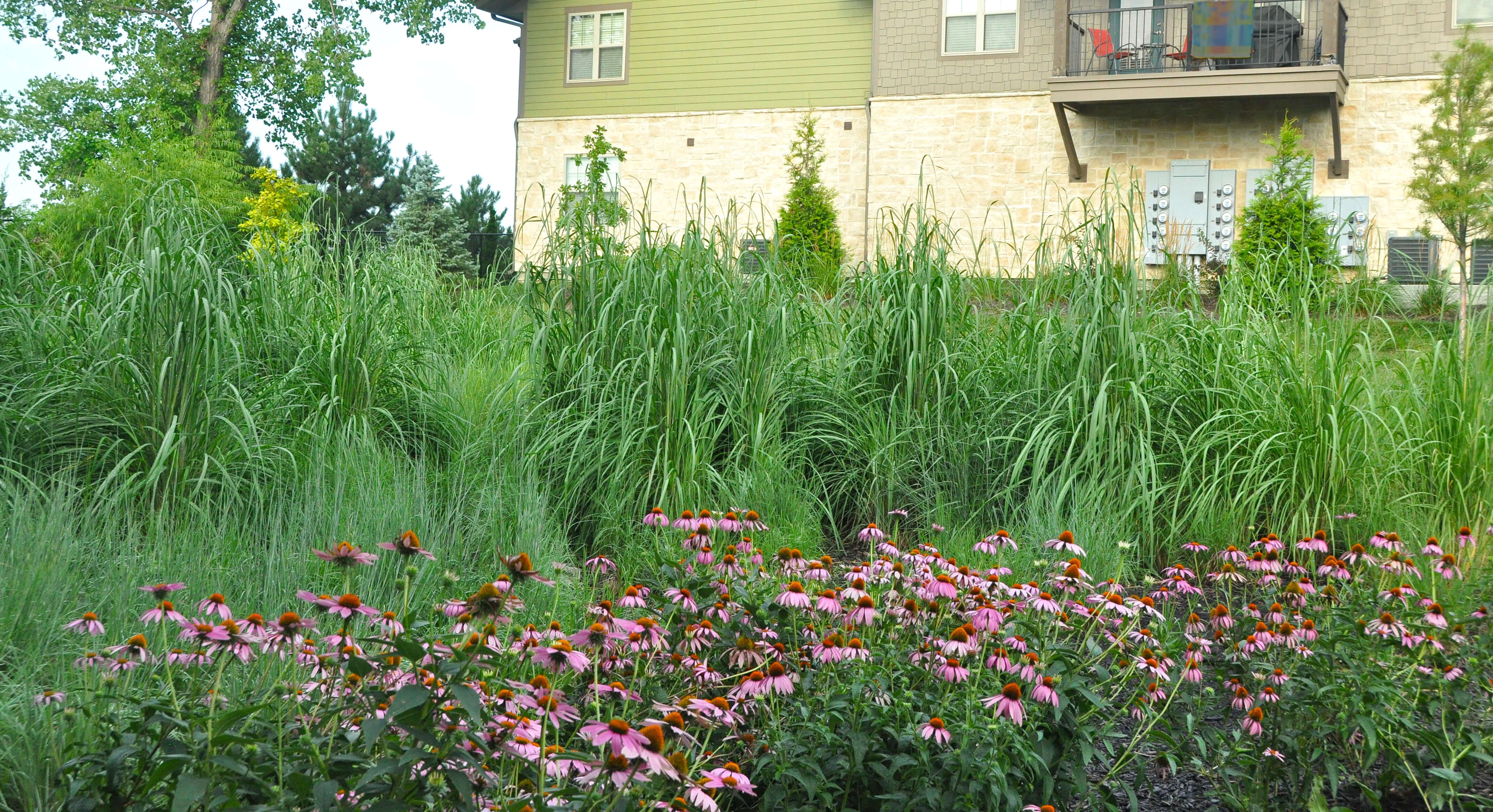
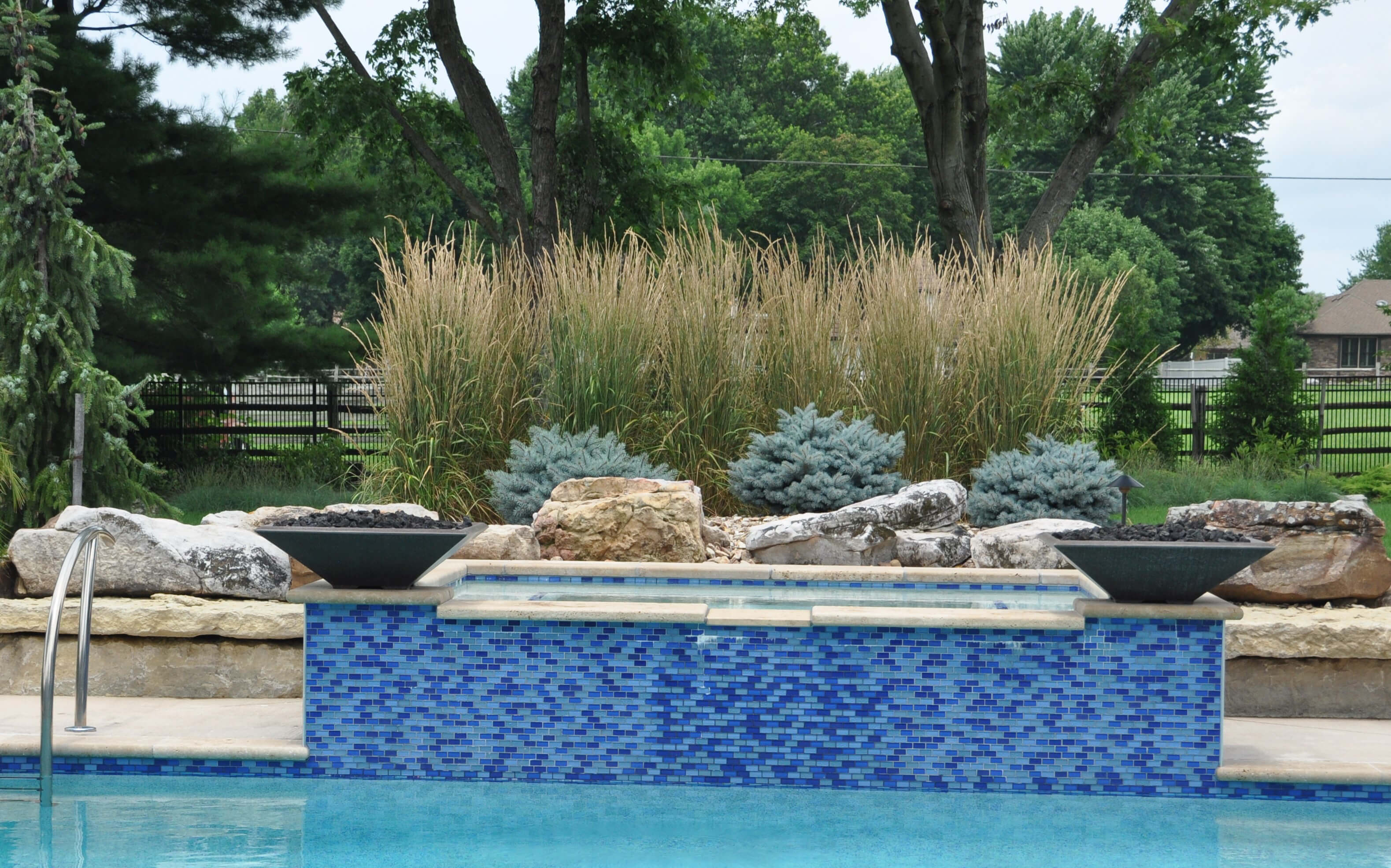
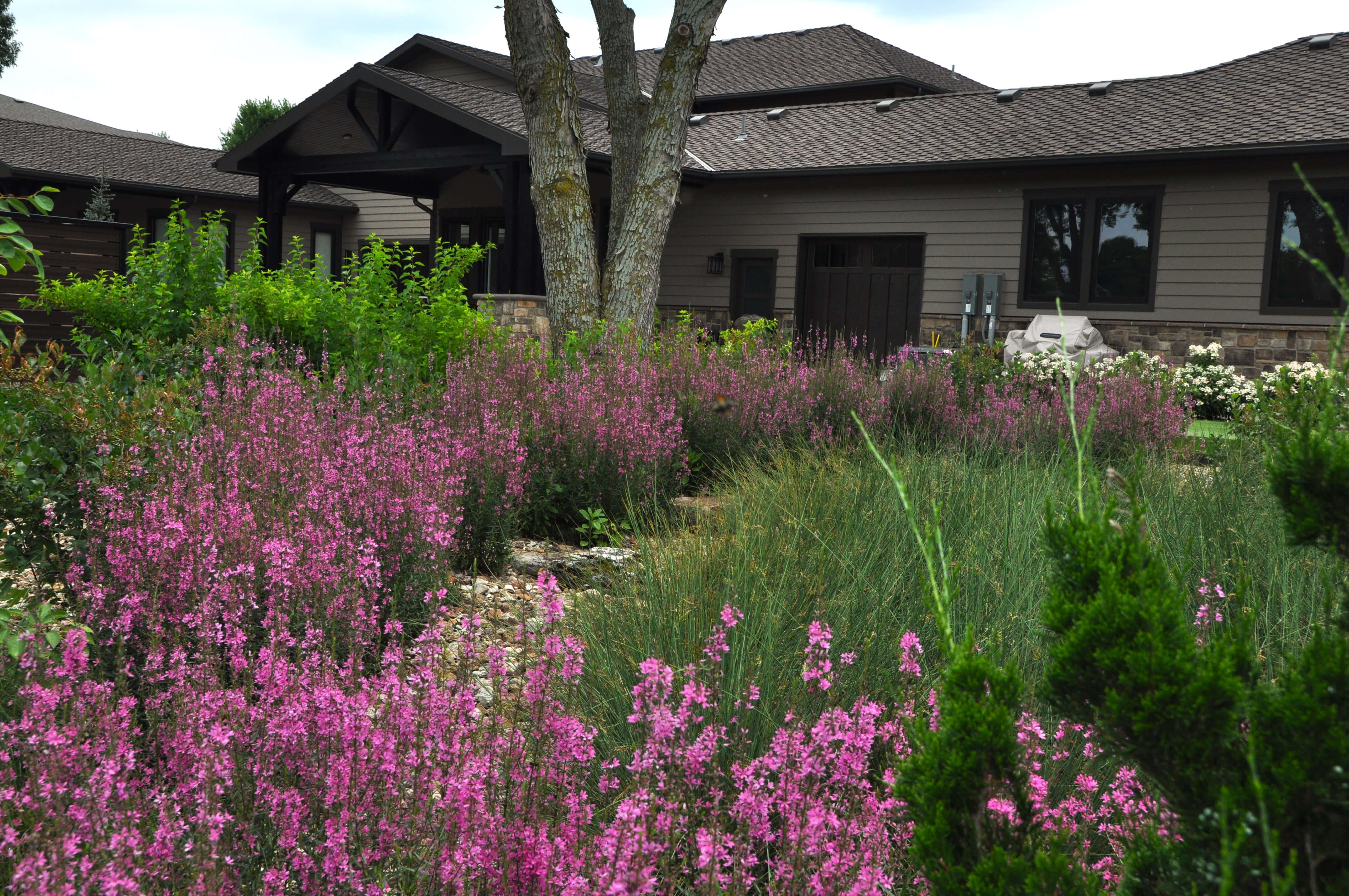
.JPG)
